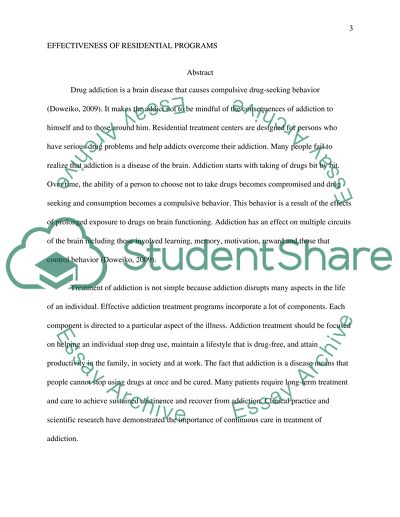Cite this document
(“The effectiveness of residential programs in treating addiction Research Paper”, n.d.)
The effectiveness of residential programs in treating addiction Research Paper. Retrieved from https://studentshare.org/miscellaneous/1593177-the-effectiveness-of-residential-programs-in-treating-addiction
The effectiveness of residential programs in treating addiction Research Paper. Retrieved from https://studentshare.org/miscellaneous/1593177-the-effectiveness-of-residential-programs-in-treating-addiction
(The Effectiveness of Residential Programs in Treating Addiction Research Paper)
The Effectiveness of Residential Programs in Treating Addiction Research Paper. https://studentshare.org/miscellaneous/1593177-the-effectiveness-of-residential-programs-in-treating-addiction.
The Effectiveness of Residential Programs in Treating Addiction Research Paper. https://studentshare.org/miscellaneous/1593177-the-effectiveness-of-residential-programs-in-treating-addiction.
“The Effectiveness of Residential Programs in Treating Addiction Research Paper”, n.d. https://studentshare.org/miscellaneous/1593177-the-effectiveness-of-residential-programs-in-treating-addiction.


